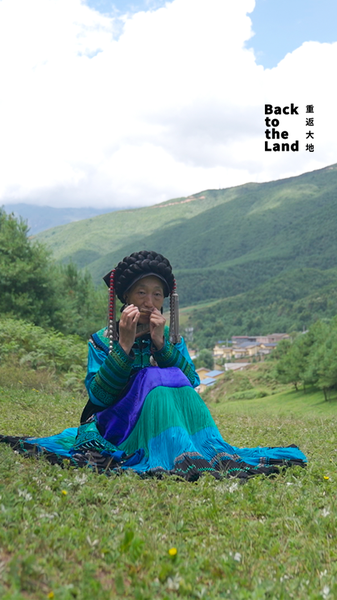The Ancient Spine of Beijing Unveiled
Beijing, the capital of the Chinese mainland, boasts a 7.8-kilometer-long Central Axis that has shaped its urban soul for over 800 years. First laid out in the 13th century under the Yuan Dynasty, this north-south spine aligns palaces, temples and public spaces in perfect symmetry, bringing the ancient ideal of a capital city to life, as detailed in the 'Kaogongji' ('The Book of Diverse Crafts').
Along this route, you'll encounter:
- The Forbidden City: Ming and Qing dynasties' imperial heart.
- Jingshan Park: A man-made hill offering panoramic city views.
- Temple of Heaven: A masterpiece of architecture and ritual space.
- Bell and Drum Towers: Ancient timekeepers echoing through modern streets.
In 2024, UNESCO inscribed the axis as a World Heritage site, recognizing its outstanding blend of design, culture and history. Data-driven urban studies reveal that the axis not only reflects ancient planning principles but also influences today's sustainable city layouts, provoking fresh discussions among urbanists, architects and digital nomads.
For young global citizens, entrepreneurs and changemakers, the Central Axis story offers more than a walk through history. It's a lesson in how thoughtful design can shape civic identity, foster cultural continuity and inspire next-generation solutions for vibrant, sustainable cities worldwide.
Reference(s):
Civilizations Shine: Beijing Central Axis – 'The Backbone of Beijing'
cgtn.com




